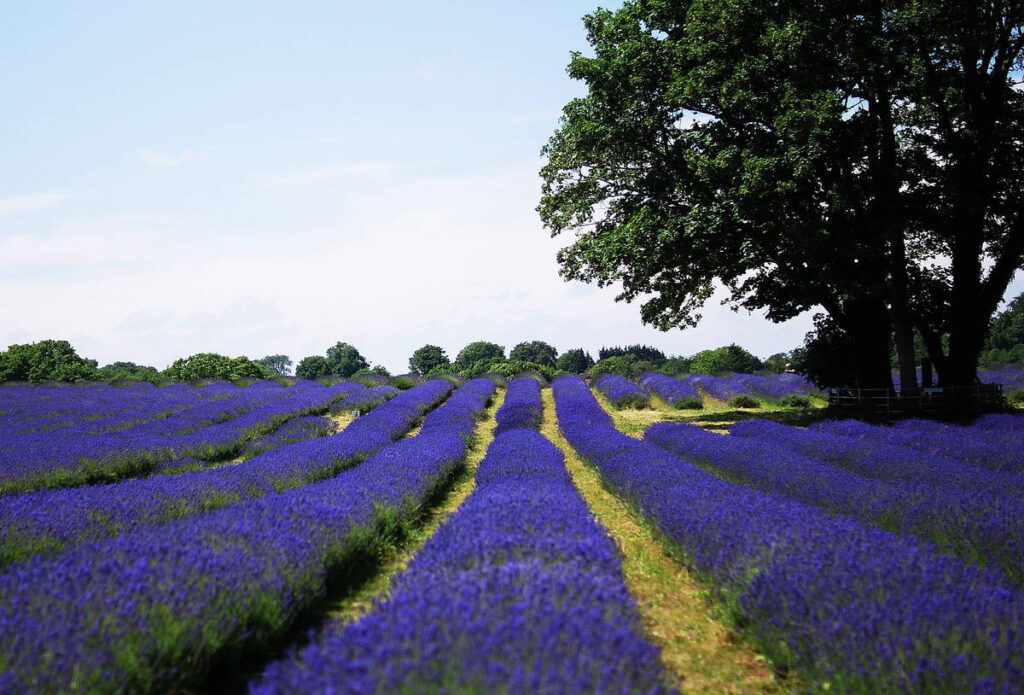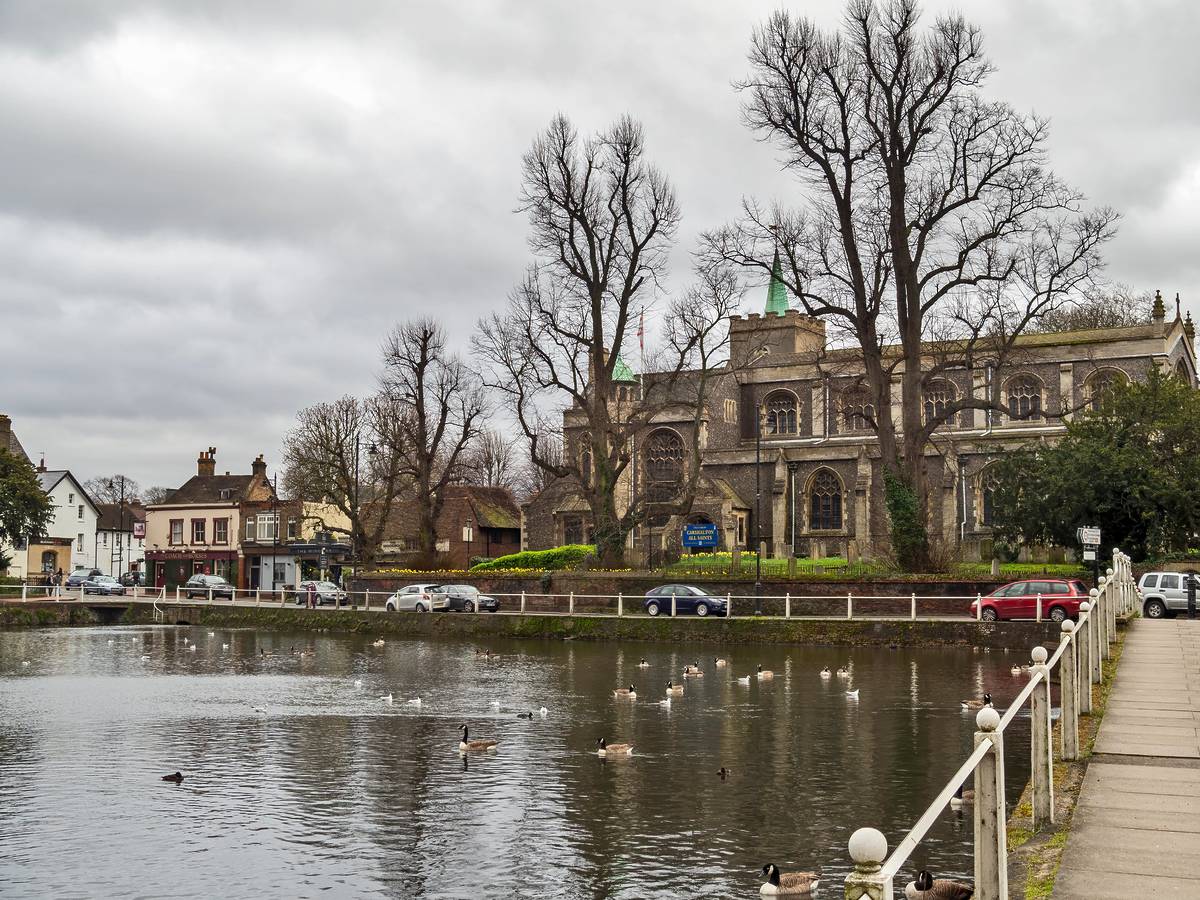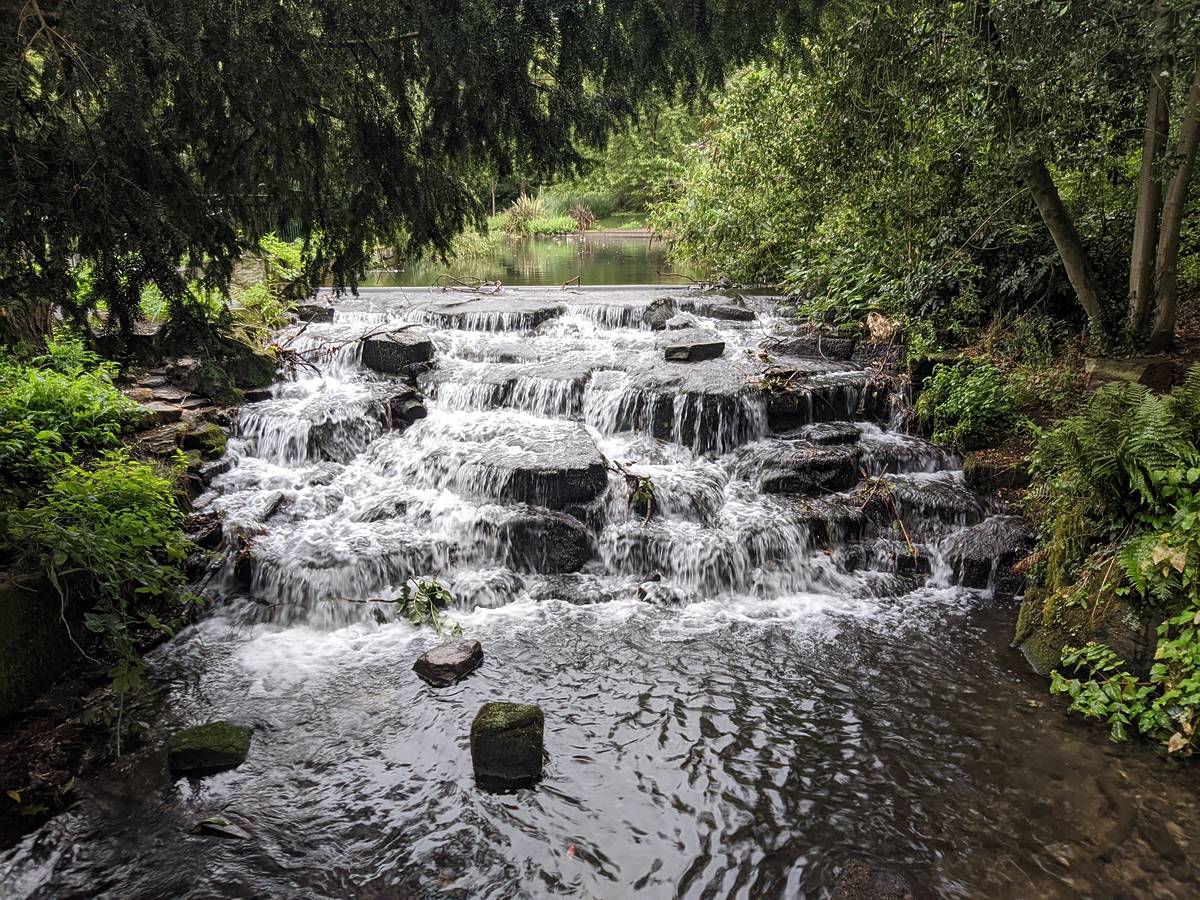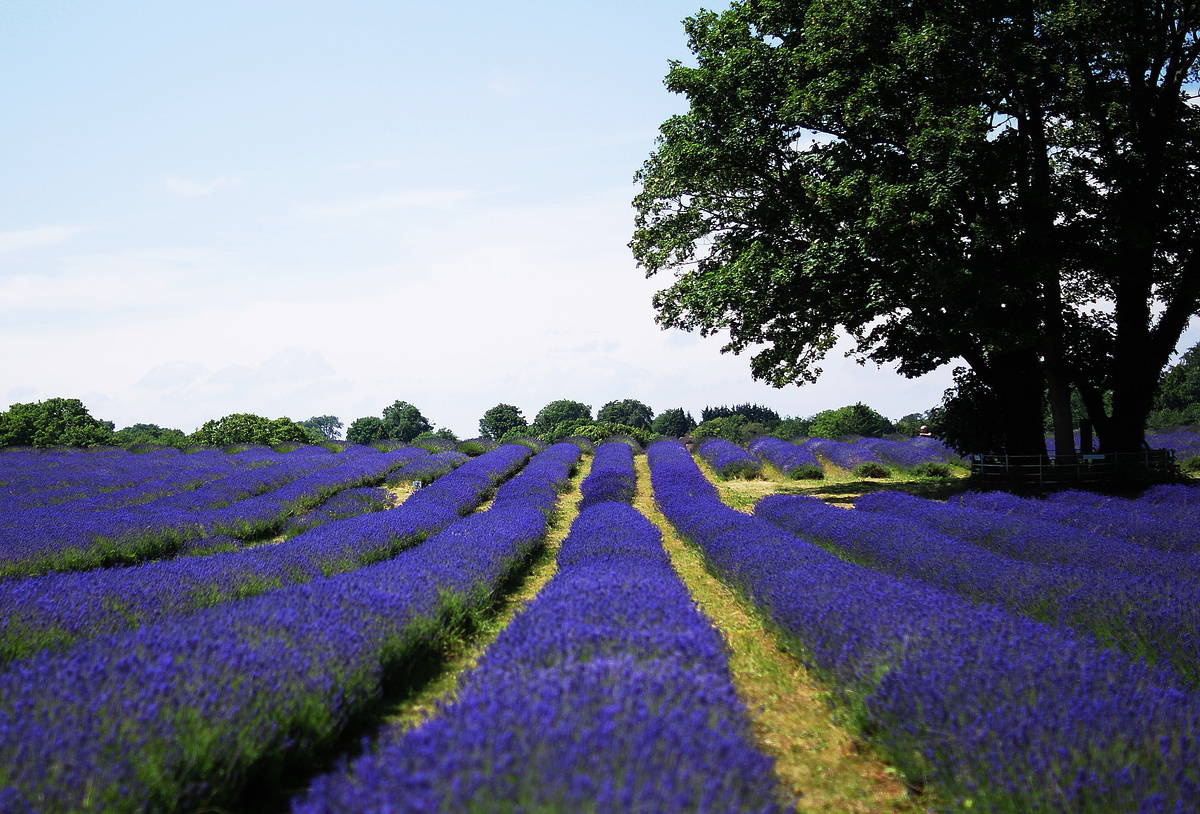
Credit: WIkimedia Commons
Save
Nestled in the borough of Sutton around 15 kilometres south of central London, has long been admired for its village charm, open spaces, and rich history.
Today it’s a thriving commuter hub with excellent travel links, but just over a century ago it enjoyed an unusual claim to fame: it was once known as the “Lavender Capital of the World.”
A historic village with a rural past  Credit: Shutterstock
Credit: Shutterstock
Until 1965, Carshalton was a rural village in Surrey before being absorbed into Greater London. Its historic heart still reflects that countryside past, with the iconic Carshalton Ponds at the centre, overlooked by the Grade II-listed All Saints Church, which dates back to before the Norman Conquest. Nearby sits the Honeywood Museum, where visitors can explore local history from the Bronze Age through to Edwardian times.
Another landmark, the Water Tower at Carshalton House, built in the early 1700s, stands as a testament to the area’s Georgian heritage. It once pumped water across the estate and today survives as a heritage site with an orangery and gardens.
Fields of lavender in Carshalton
In the 19th and early 20th centuries, Carshalton and the surrounding area were carpeted in sweeping lavender fields. Grown widely due to the ideal chalky soil of the Wandle Valley, the crop was in high demand for use in soaps, oils, and perfumes during the Victorian era.
Sutton and Carshalton became global centres for lavender production, supplying major perfume houses and earning the “lavender capital” crown.
Although mass farming eventually declined due to urban expansion and competition from abroad, traces of this fragrant heritage live on. Modern projects, such as Mayfield Lavender Farm just outside Carshalton, continue the tradition and attract visitors every summer looking to wander through purple blooms.
Carshalton – home to a number of green spaces  Credit: Shutterstock
Credit: Shutterstock
Beyond lavender, Carshalton is home to a remarkable number of green spaces. Grove Park remains one of the area’s finest Victorian gardens, well-loved for its riverside lawns, ornamental Cascade, and the elegant Leoni Bridge. The neighbourhood also boasts Stanley Park, Oaks Park, and Carshalton Park, the latter hosting the annual EcoFair, a community festival that draws around 10,000 visitors each August Bank Holiday.
Culture thrives in Carshalton too, with attractions like the Charles Cryer Theatre and Honeywood Museum offering a mix of things to do in the town. Independent shops, art galleries, cafés, and pubs help maintain its village-like community spirit while also supporting a lively local economy.
Connections to and from Carshalton
Carshalton is well connected by two train stations – Carshalton and Carshalton Beeches, offering quick services into London Victoria, London Bridge, and beyond. Cycle routes and multiple bus lines enhance its accessibility, making it a popular choice for commuters.
It is also a place with notable residents, past and present, from Sir John Major and singer Cliff Richard to DJ Carl Cox and Olympic cyclist Joanna Rowsell Shand. Modern leisure facilities, two football clubs, and sought-after schools add to its appeal for families and professionals alike.
The area’s mix of history and convenience is reflected in property demand. Houses here currently average £501,239, with terraced homes proving the most common, while semi-detached houses sell at higher averages. Its balance of suburban calm, transport links, and nature continues to make Carshalton an attractive hub for Londoners.
